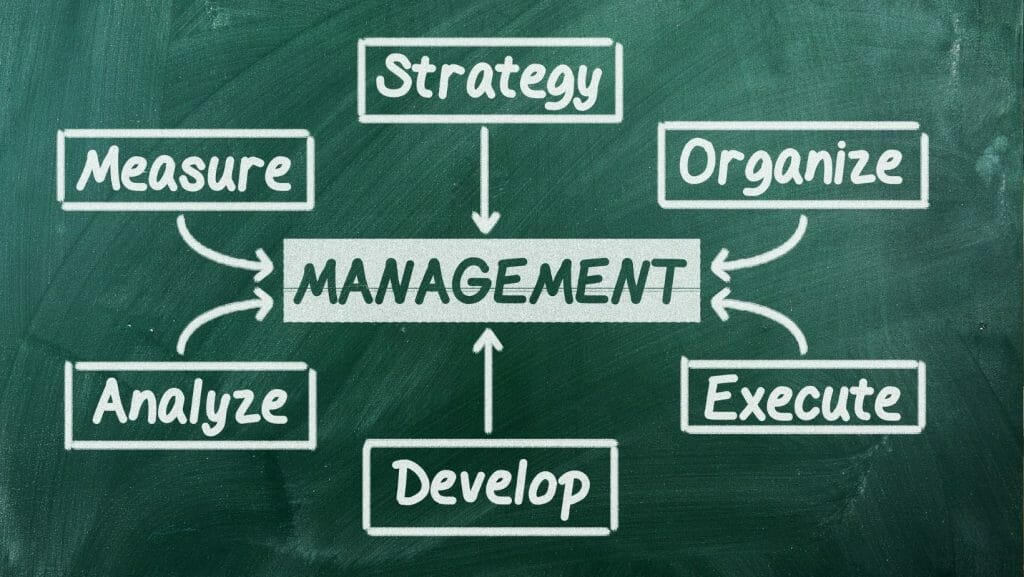Idea management software can be used to improve employee engagement by making it easier for employees to come up with great ideas.
With this software, employees can collaborate with co-workers and managers to develop new ideas, and share their ideas with the whole organization. One of the most common methods for managing ideas is to use a notebook. This is a great way to manage and keep track of ideas, and many people use them for years. But there is a problem with notebooks – they are hard to move between departments, and they are very difficult to share. For a business, creating ideas is key to building an innovative workforce capable of meeting and exceeding the competitive business environment. Idea management helps to improve employee engagement, employee performance, and the bottom line. Read more about what is idea and let us know what you think.
Employee engagement is a top priority for many companies. It increases productivity and efficiency, reduces turnover, builds customer loyalty, and ultimately increases your profits while making your employees happier at work. As remote working seems to be here to stay, a whole new dynamic has emerged in employee engagement strategies, which brings with it a number of challenges for maintaining good employee engagement and communication. For many companies, free pizza on Fridays and ping pong tables used to be part of employee engagement, but with the rise of telecommuting, these tactics no longer work. Moreover, without personal interaction in the office, it is more difficult for managers to assess employee well-being and engagement during the workday. This begs the question: Remote working remains a staple of the modern workplace, but how do you ensure that every employee is involved in the future of the company, whether they’re working on the front lines or in the office? There are many ways to address this issue, but we believe that democratizing the innovation process and using idea management is a great way to not only engage employees across the company, but also to measure their engagement. Let’s take a closer look at how this can help you.

How can innovation contribute to employee engagement?
Now let’s look at how idea management can affect employee engagement. When we talk about innovation, we often think of small communities within an organization developing new ideas. However, if you extend this concept to the entire organization, you will discover a new way to retain employees. This is what we call the democratization of innovation, and it means that all workers, including those on the front lines, have a voice. Many organizations already do this with things like suggestion boxes in the canteen, but this can actually have the opposite effect on employee engagement. Does anyone know what happens to an idea when it gets into this box?
To truly democratize innovation, centralized idea software should be used so that employees can actively track the development of their ideas and the process becomes completely transparent. Transparency increases employee engagement because they feel more confident about the work they are doing and why they are doing it. A Gallup study found that communicating about change has an impact on employees. In fact, 65% of Millennials who work remotely and 61% of Millennials who don’t work remotely strongly agree that their supervisor keeping me informed about what’s going on in my company is engaging[1]. This suggests that a method of publicising the upcoming changes and a means of actively involving employees in the process can help increase their commitment.

Democratisation of innovation through idea management
The idea of opening up the innovation process to everyone in your organization can seem a little daunting at first: Searching through hundreds of proposals can be time consuming. However, a solid idea management process, supported by the right software, can alleviate this pressure. Your idea management tool can serve as a central place where employees can contribute at any time. Employee engagement should not be limited to one-off actions, it should be a continuous process.
Using idea management software as an employee engagement platform can foster both top-down and bottom-up innovation. With top-down innovation, your leadership team can analyze the organization’s strategic drivers and communicate the challenges the company faces, as well as gather feedback and ideas on how these challenges can be addressed. This ensures that the entire organization is aware of the overall strategy and feels involved in the process. With a bottom-up approach, you can get feedback from employees about the problems they face in their daily lives. Idea management not only provides a central space for collecting ideas, but also covers the entire idea development cycle. It helps you create feedback loops with employees, engage them in the idea process, and foster the development of ideas and people.
When it comes to evaluating ideas, you need a timeline. Participants should know how long the contest will last, when the evaluation will begin, and when they can expect feedback on the progress of their ideas. A calendar not only helps manage employee expectations but also keeps them engaged because they know their ideas haven’t fallen into a black hole. Finally, with software that integrates with the tools you already use, such as. B. Microsoft 365, track and report on total employee contribution. In addition, you don’t have to worry about breaking in employees and the training required is minimal. You can also reward those who contribute the most and keep an eye on those who don’t. In addition, some idea management tools allow the use of gamification to motivate employees.

Benefits of democratizing innovation for employee engagement
The benefits of an engaged workforce speak for themselves, but using idea management to facilitate feedback and encourage collaboration as part of your employee engagement strategy in the new normal can help:
- A wider range of ideas
- Increased cooperation between teams
- Feedback loops between employees and decision makers
- Extension of communication lines
In short, idea management is a way to facilitate conversations between employees and decision-makers. This not only increases employee engagement but also creates your own culture of innovation and encourages curiosity. If you stop looking for the big ideas and focus more on using them as a method to engage employees in the innovation process, the organization can see the everyday genius that employees bring. Some of our clients who have used idea management in this way have found that they have not only generated new ideas but also invited others to develop and expand on those ideas. For more information on innovation software, click here.

Frequently Asked Questions
What can managers do to improve employee engagement?
Engagement is a key workplace issue for managers to address. Over the past few years, the focus on engagement has increased considerably. Yet, while employee engagement is often discussed and researched, there is little information on how to effectively engage an employee base. The answer that we recommend here is that employees need two things: a place to get involved and a reason to be engaged. When these two are present, engagement is easier to achieve. The average corporate employee is spending about 45 minutes a day on personal and work-related tasks, according to a recent survey. But how much time is enough? Managers may be tempted to think it is enough to simply keep everyone employed. But, the evidence is clear: keeping staff engaged, feeling valued and knowing their contribution is important for a company’s success.
How does managers affect employee engagement?
Research shows that at least one third of employees in most organizations experience disengagement at least once a month. This is a problem because disengaged employees are not only less productive, they also cost companies significant amounts of money in turnover losses, sick days, and other costs. Employee engagement is a top priority for most businesses, but there are few companies that have been able to reduce turnover, increase productivity, and improve work-life balance. This is largely because of a lack of empathy for individual workers and a focus on a corporate-wide view that fails to recognize the unique work culture of each team.
Why is idea management important?
In the past, I was told that “idea management” was a nice thing, but it didn’t matter all that much. When times get tough; when you have difficult customers, when the projects you are working on take longer than expected, or when you just need to get those ideas written down so you know what you’re working on, idea management is a good idea. Employee engagement is critical in any organization, since it contributes to the bottom line. However, the organization’s idea management (idea generation, funding, and management) is often neglected as a critical part of engagement. By not managing ideas, the organization may leave money on the table, as well as miss opportunities to use these ideas for their own benefit.


